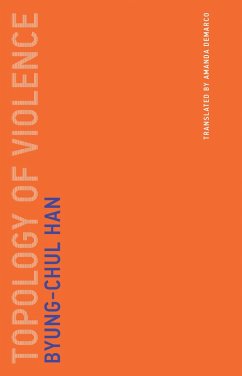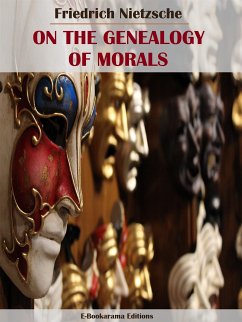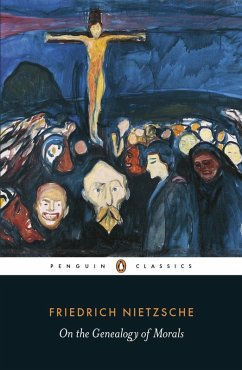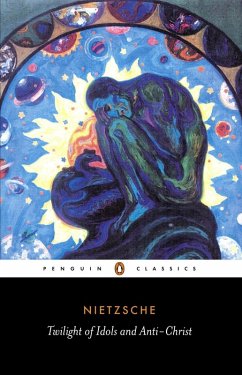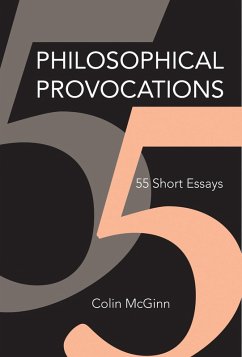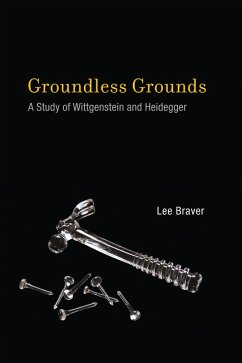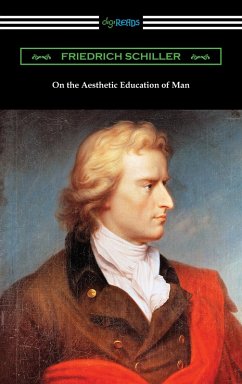
On Murder Considered as one of the Fine Arts (eBook, ePUB)

PAYBACK Punkte
0 °P sammeln!
In "On Murder Considered as one of the Fine Arts," Thomas de Quincey ventures into a provocative exploration of aesthetics and morality against the backdrop of early 19th-century Britain. This remarkable essay employs a distinctive blend of dark humor and philosophical inquiry, challenging the reader to contemplate murder not just as an act of violence but as an artistic phenomenon worthy of scrutiny and appreciation. De Quincey's lyrical prose and intricate rhetorical style enhance the literary merit of the text, positioning it within the canon of Gothic literature and early criminal psycholo...
In "On Murder Considered as one of the Fine Arts," Thomas de Quincey ventures into a provocative exploration of aesthetics and morality against the backdrop of early 19th-century Britain. This remarkable essay employs a distinctive blend of dark humor and philosophical inquiry, challenging the reader to contemplate murder not just as an act of violence but as an artistic phenomenon worthy of scrutiny and appreciation. De Quincey's lyrical prose and intricate rhetorical style enhance the literary merit of the text, positioning it within the canon of Gothic literature and early criminal psychology, as he dissects the motivations of both murderer and audience in a meticulously structured narrative that balances grotesque fascination with moral complexity. De Quincey, a notable figure of the Romantic movement, drew upon his own tumultuous experiences and opium use, navigating the realms of addiction and intellectual exploration. His introspective writings often reflect upon darker aspects of human nature, which profoundly informed his unique perspective on violence and beauty. This work encapsulates not only his intellectual milieu but also the broader cultural currents of a society grappling with the implications of violence captured in popular media and societal narratives. "On Murder Considered as one of the Fine Arts" is essential reading for anyone seeking to understand the intersection of art and ethics, as well as the philosophical underpinnings of violence in literature. De Quincey's nuanced argumentation invites readers to appreciate the aesthetic dimensions of even the darkest human actions, making this text a compelling and unsettling exploration of art's moral territory.
Dieser Download kann aus rechtlichen Gründen nur mit Rechnungsadresse in A, B, BG, CY, CZ, D, DK, EW, E, FIN, F, GR, H, IRL, I, LT, L, LR, M, NL, PL, P, R, S, SLO, SK ausgeliefert werden.





